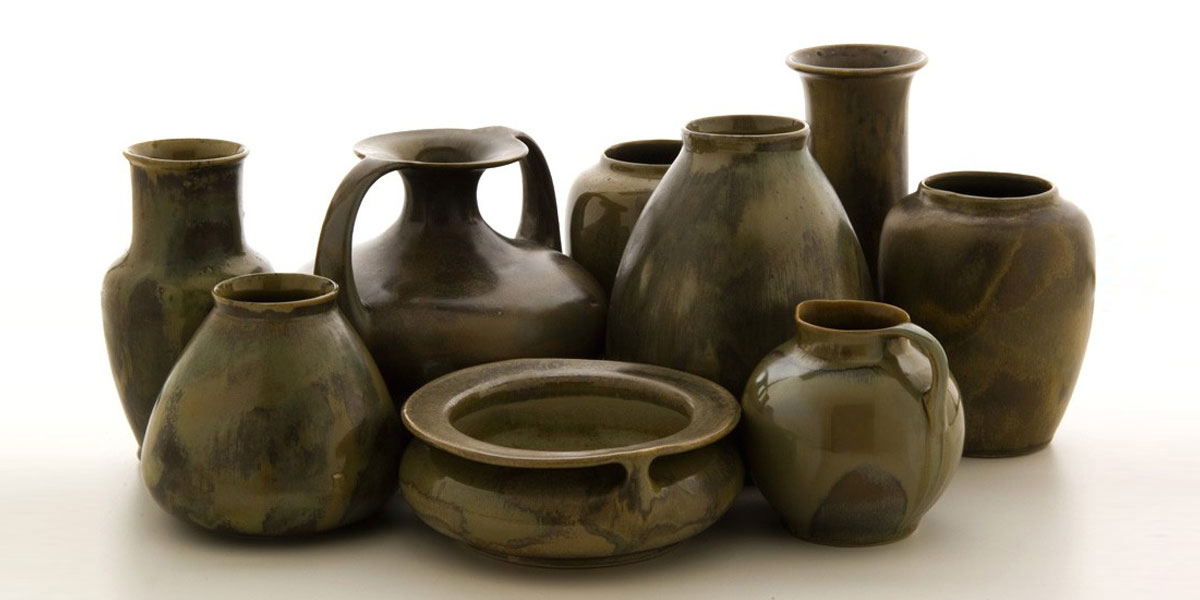Only when a design is hardened after many iterations, can it then be manufactured the way cars are. Toyota has developed a production system that they use to reduce waste across the company, from the factory line to customer service.The system itself has been designed to be adapted for many situations, such as giving out food to people affected by hurricane disasters.This process isn’t easily replicated in digital media because the way we approach a digital problem can be different every time we make something. For example, the way mobile apps are designed and used today will be very different next year around this time. The techniques will vary according to variables like screen size and operating system.The term ‘churn’ is described as the amount of changing requirements that lead to different directions during a project.Although it’s sometimes perceived as a symptom of an inefficient process, a project’s churn can’t and shouldn’t be eliminated. It should be embraced and measured to produce something better than could have been calculated before-hand.
Projects depend on people
Projects have a way of revealing themselves differently depending on who is in the room.The way a group’s unique backgrounds and life experiences come together to solve a problem can be a beautiful thing. With enough thoughtful brains involved, the creativity manifested by the group is nothing short of magic.Humans are social animals and we build consensus with each other bytackling problems together. By seeing the way someone else uses something, a designer can see the problem from a different perspective and gain empathy.This process is delicate, however, and if not facilitated properly, it becomes chaos and leads to stalemates and inefficient back-and-forth. Sometimes it even ends up in hurt feelings. A good leader has to distil the good ideas as they roll through.
The Power of Iteration
When making something, there is a gap between how we envision it and how it actually turns out. This is the gap that is only traversed by actually making the same thing over and over again.The gap is shortest when the product is in a usable state and its ideas can be easily proved or disproved—a prototype.For this reason, a good digital designer can also code what she designs, because she can close the gap between thinking and making within herself. As a result, she receives a better understanding of what is truly being made.There is a story from Art and Fear that illustrates this:
The ceramics teacher announced on opening day that he was dividing the class into two groups. All those on the left side of the studio, he said, would be graded solely on the quantity of work they produced, all those on the right solely on its quality. His procedure was simple: on the final day of class he would bring in his bathroom scales and weigh the work of the “quantity” group: fifty pounds of pots rated an “A”, forty pounds a “B”, and so on. Those being graded on “quality”, however, needed to produce only one pot — albeit a perfect one — to get an “A”. Well, came grading time and a curious fact emerged: the works of highest quality were all produced by the group being graded for quantity.It seems that while the “quantity” group was busily churning out piles of work – and learning from their mistakes — the “quality” group had sat theorizing about perfection, and in the end had little more to show for their efforts than grandiose theories and a pile of dead clay.
Sticking to goals
Debugging is hard. Fixing something breaks something else. Changes to code can become complicated very quickly, especially past the mid-point of a project.As the fidelity of an idea rises from sketches to implementation, changes along the way become more expensive to make. At some point, they become impossible.Well-defined goals are what keep a project on track.The bigger the project, the sooner the churn must begin.A project’s goals are clear before beginning, but the path to the finish will have twists and turns.
As you make it
A digital product gradually reveals itself as its production ebbs and flows. As a product is remade over and over again (or churned out), it begins to grow and branch out into things that could have never been predicted. Looking through a project’s revision history is very much like chopping down a tree and examining its rings.To negotiate the fast-changing nature of technology, teams will have to employ a flexible, iterative process, sometimes called ‘agile’ as opposed to the sequential ‘waterfall’ process that requires defined variables before each phase.In most cases, churn is not an indication of inefficiency, it’s a fact of life.You never know exactlywhatyou’re making until you’ve made it.



